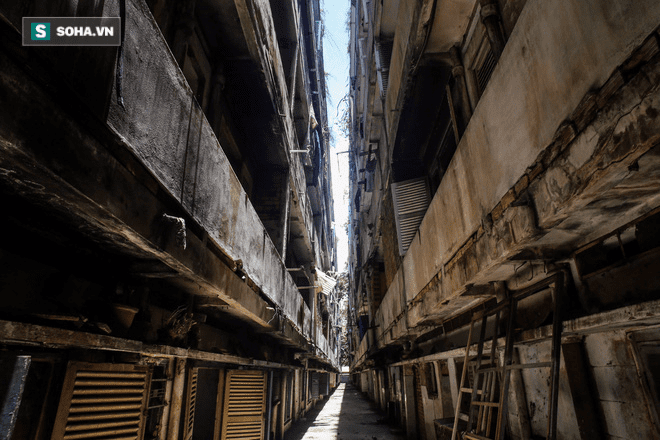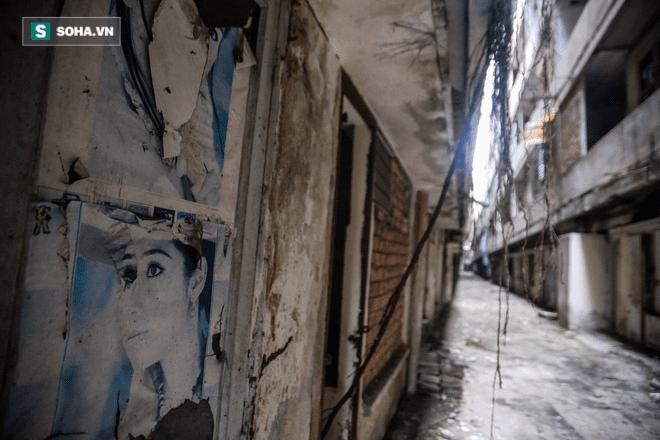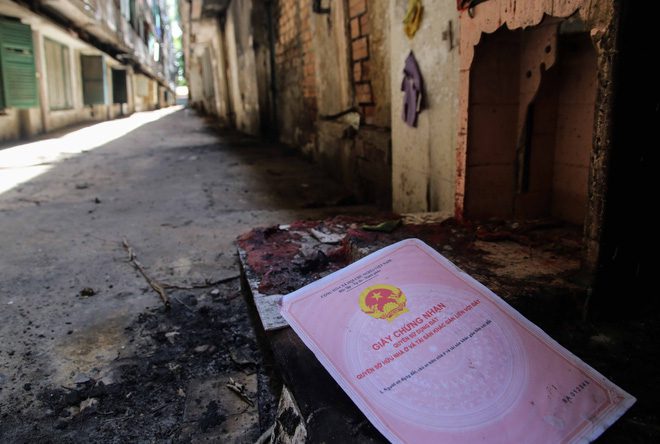The Decline of Historic Apartments in Ho Chi Minh City
In recent years, many residential buildings in Ho Chi Minh City, particularly those built in the 1960s and 1970s, have fallen into disrepair. This article explores the condition of some of these once-thriving structures, particularly the Thanh Da apartment complex, and the implications for residents and urban development in the city.
Historic Overview of Thanh Da Apartments
The Thanh Da apartment complex, located in Binh Thanh District, consists of buildings that have housed hundreds of families since they were constructed. However, due to poor maintenance and a lack of investment, many of these buildings have become structurally unsound. A key image representing this decline is shown below:
300 residential units in plots 4 and 6 of Thanh Da commune (Binh Thanh District) have been relocated since August 2014 due to significant degradation. Two buildings have tilted due to the weak foundation.
Current Conditions and Urban Decay
As of now, the residential units are being redeveloped at apartment complex 1050 (P.12, Binh Thanh District). After two years of abandonment, the area has been enclosed with fencing. Inside, the view is desolate, filled with remnants of neglect.
Currently, the residential units are being redeveloped at apartment complex 1050 (P.12, Binh Thanh District). After two years of abandonment, the area has been enclosed with fencing. Inside, the view is desolate, filled with remnants of neglect.
Challenges Faced by Residents
The remaining residents of these aging complexes face numerous challenges, including health risks from deteriorating conditions and uncertainty about their living situations. Many of these buildings lack basic amenities and safety features, leading to a grim atmosphere.
A burned table in the abandoned apartment complex signifies the neglect and the struggle for tenants’ rights.
Future of Urban Housing in Ho Chi Minh City
According to the Ho Chi Minh City Department of Construction, there are currently 1,244 apartment buildings in the city, with 533 built before 1975, many of which are deteriorating significantly. The future of these buildings remains uncertain as the city grapples with the balance between urban development and preserving its historical architecture.
In conclusion, the decline of historic apartments like those in Thanh Da reflects broader issues in urban management and housing policy, raising questions about how to care for and sustain these vital parts of the city’s heritage.
(Source: Soha – Trí Thức Trẻ)
























